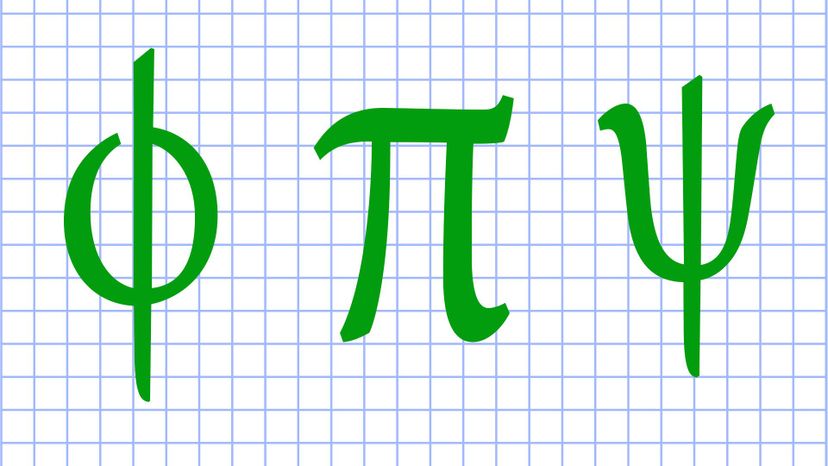
About This Quiz
Do you have enough energy to force the right answers out of this quiz?
It can be very complex, intricate, and oftentimes difficult to fully understand, physics is actually considered to be one of the most fundamental scientific disciplines. As a result of this, it is not surprising that physics, and the concepts that it deals with, form a foundation that other scientific fields are built upon.
Physics is a large and ever-expanding science and as a result, it deals with a wide array of physical quantities, concepts, and ideas, which are represented by various symbols. The symbols in this quiz consist of 40 of the most iconic symbols in physics that even non-scientists have heard of!
One of the reasons why there are so many different physics symbols in use today is because physics is actually one of the oldest sciences and academic disciplines in the world! These symbols usually either come in the form of upper case or lower case characters from the Latin alphabet (a, b, c, etc.) or from the Greek alphabet (omega, kappa, sigma, etc.).
So, are you ready to discover the right answers in this quiz? Throw on your lab coat and let's get started!

Advertisement

Advertisement

Advertisement
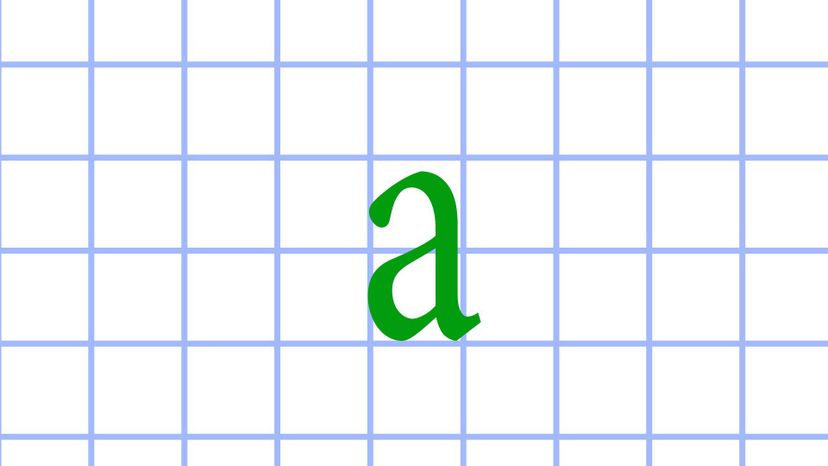
Advertisement

Advertisement
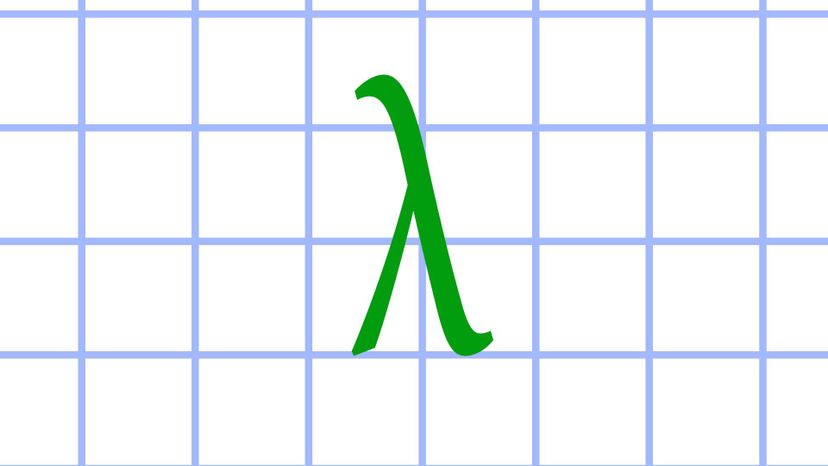
Advertisement

Advertisement

Advertisement

Advertisement

Advertisement
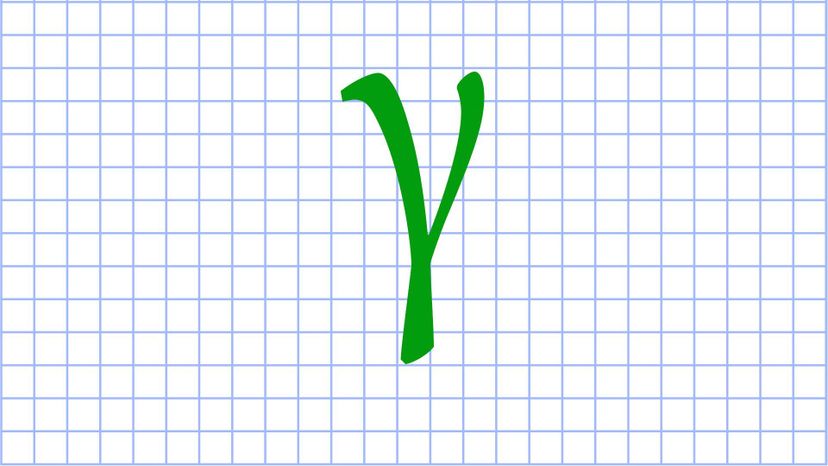
Advertisement
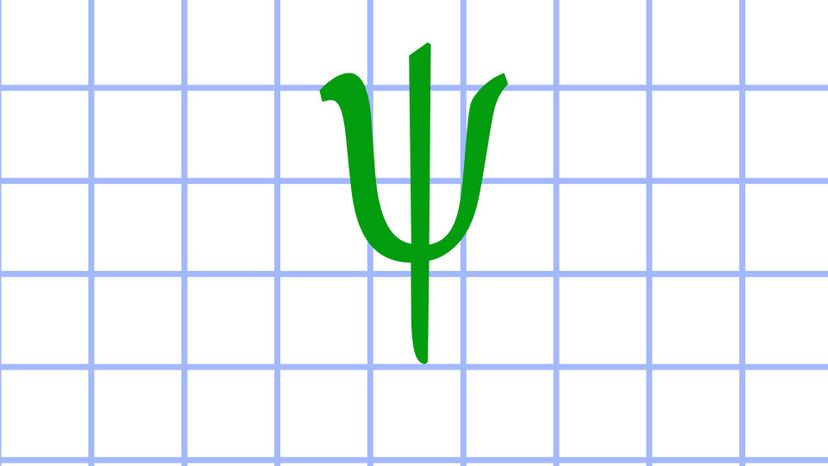
Advertisement
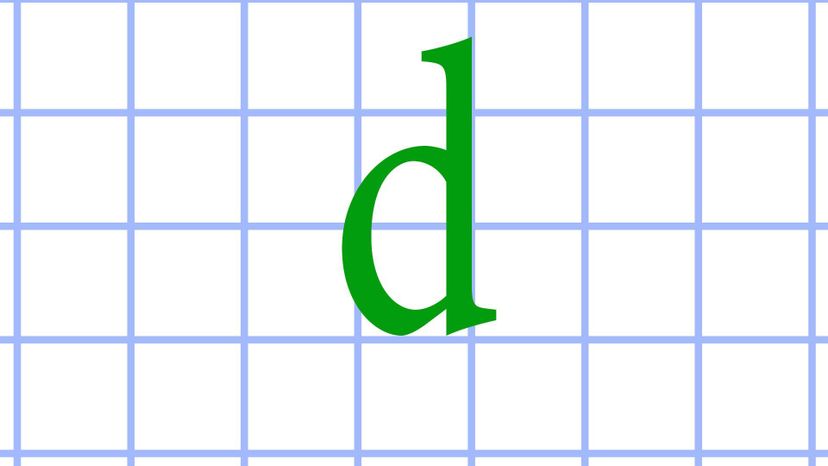
Advertisement

Advertisement
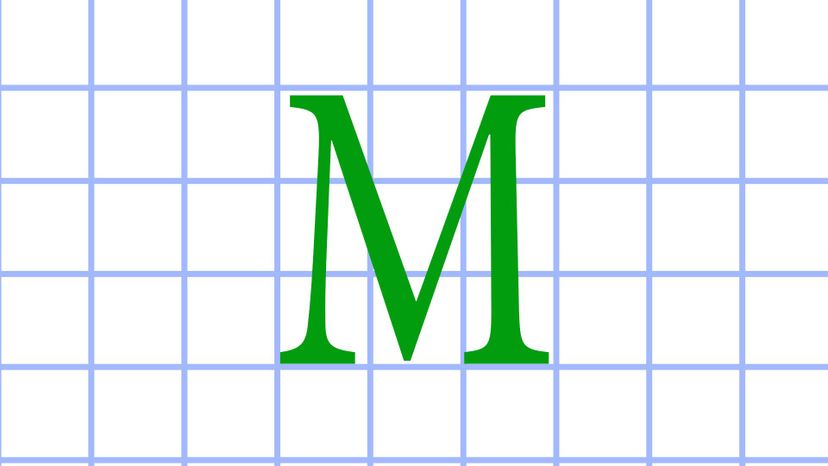
Advertisement
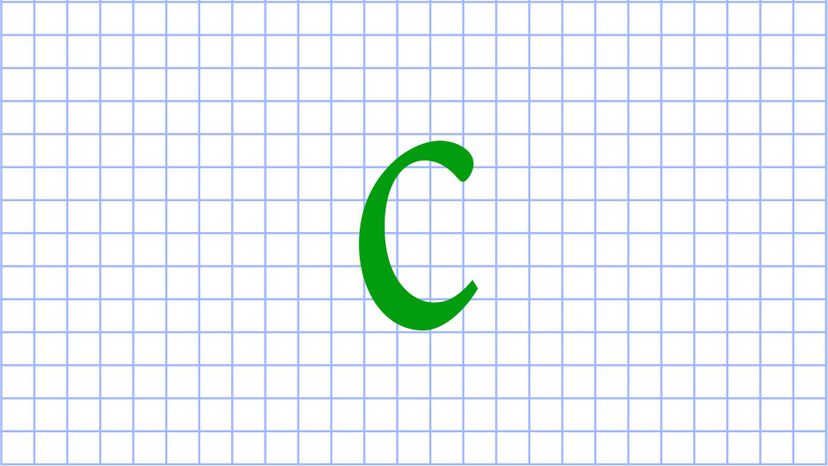
Advertisement

Advertisement
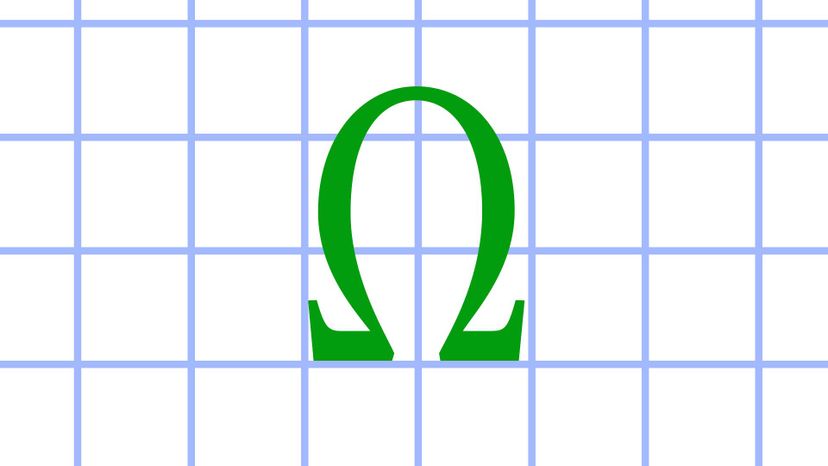
Advertisement

Advertisement

Advertisement

Advertisement
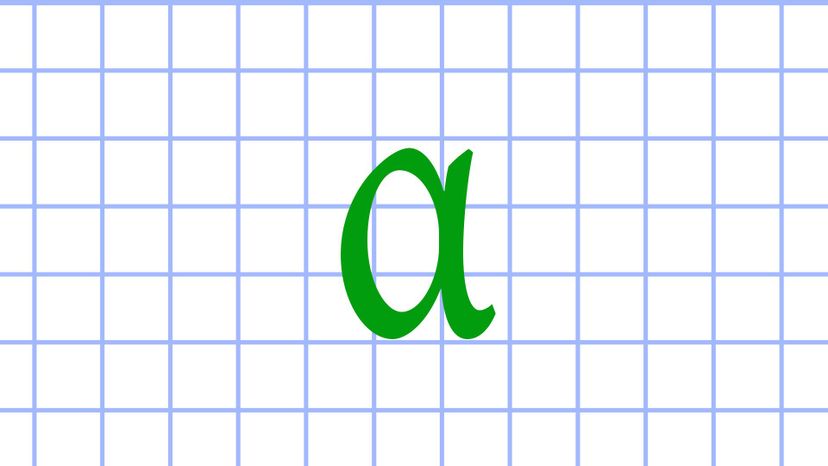
Advertisement
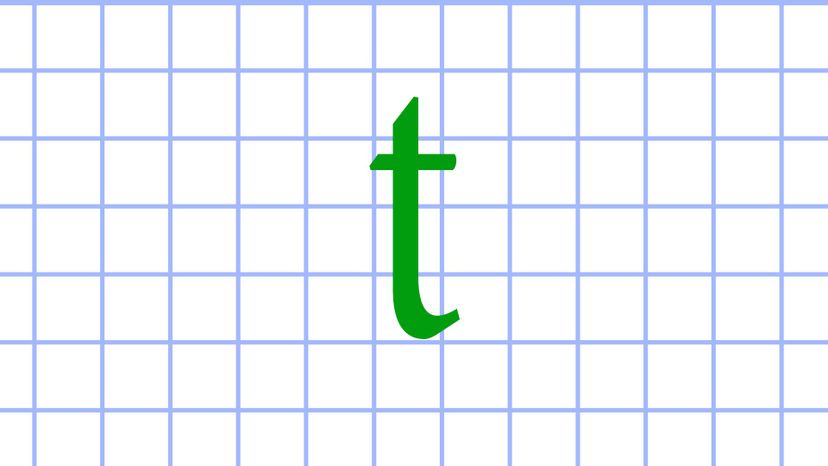
Advertisement
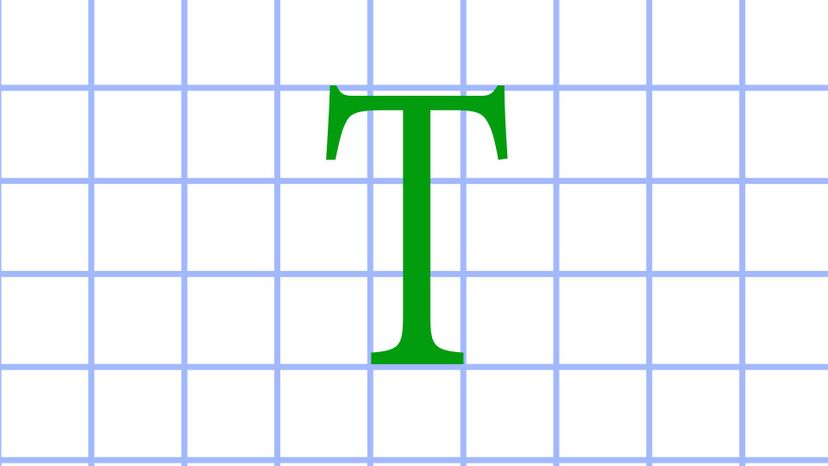
Advertisement
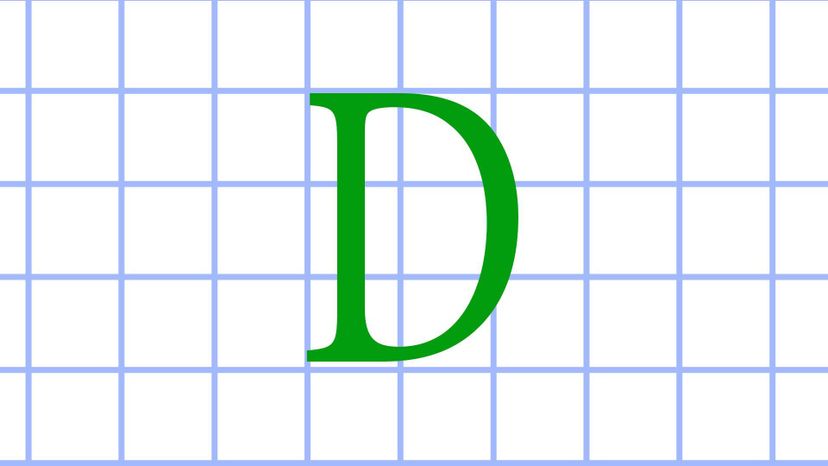
Advertisement
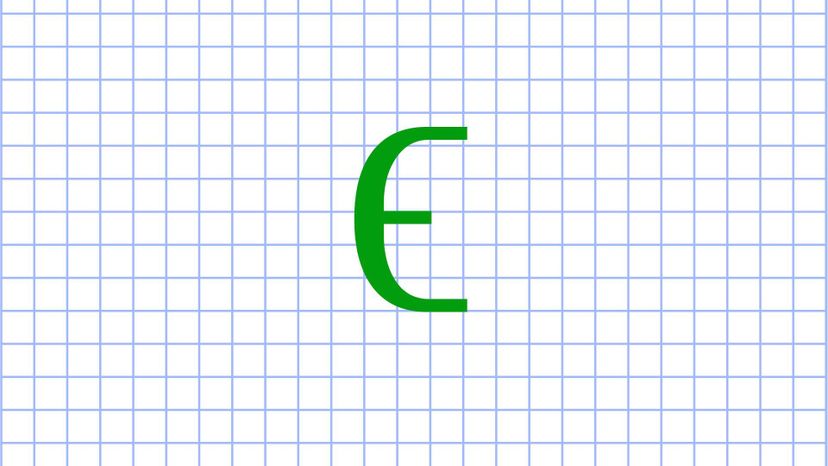
Advertisement

Advertisement
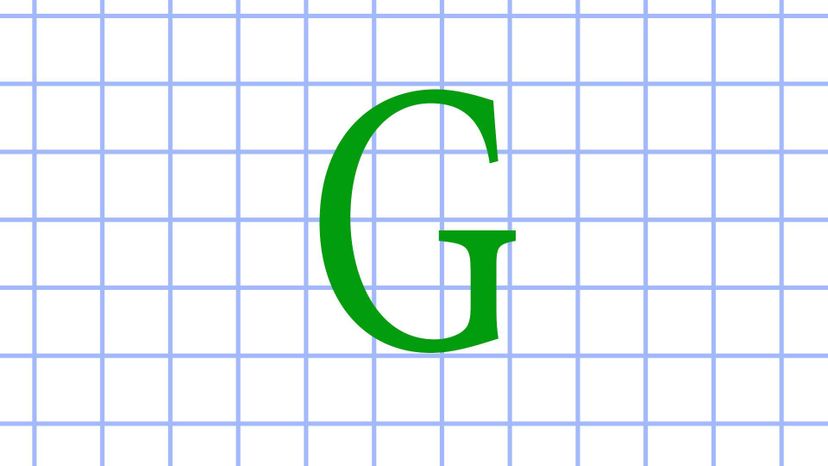
Advertisement

Advertisement
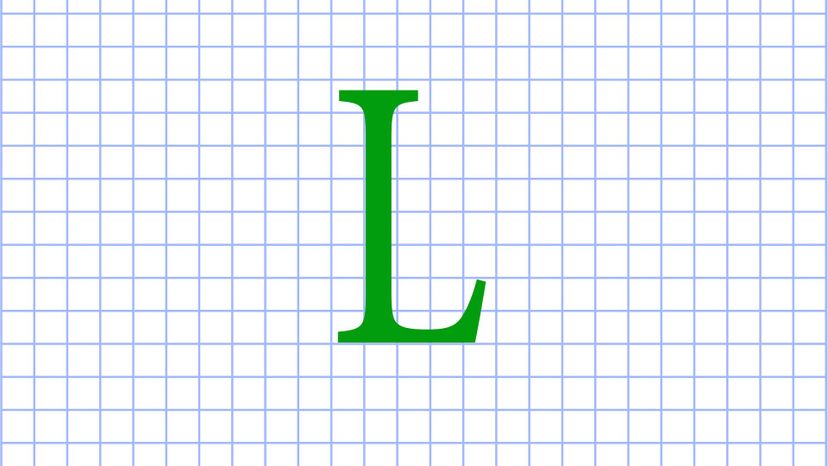
Advertisement

Advertisement
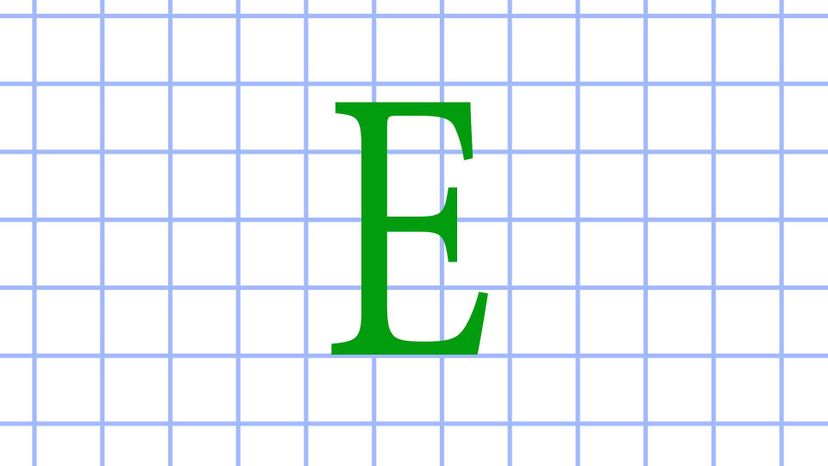
Advertisement
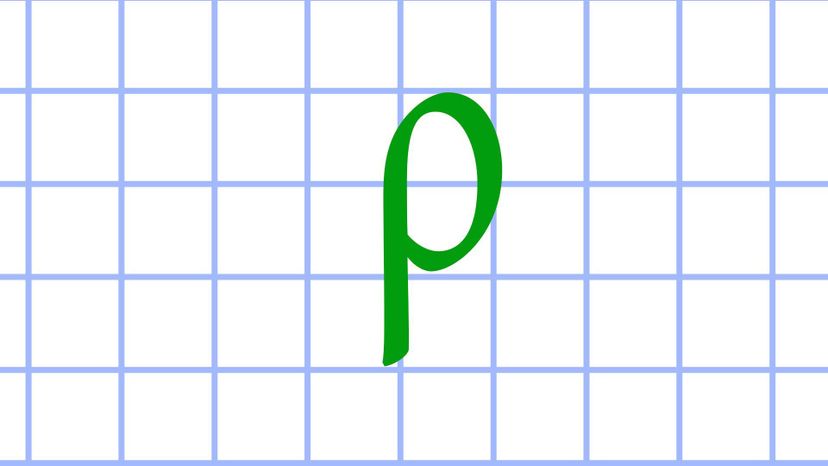
Advertisement
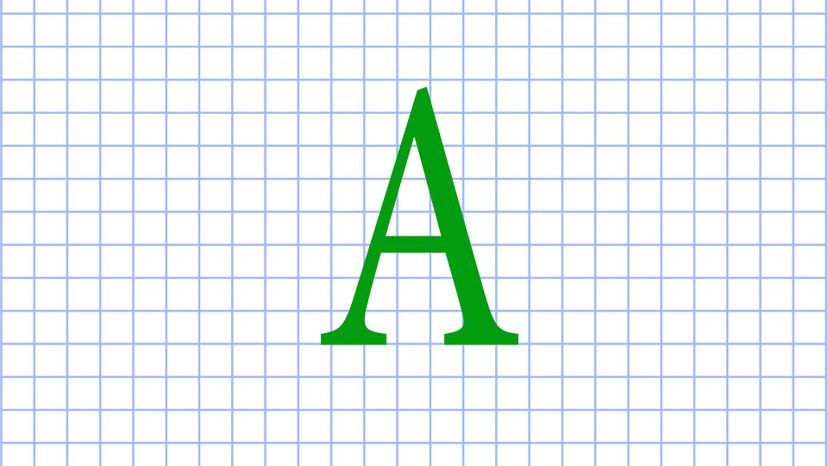
Advertisement
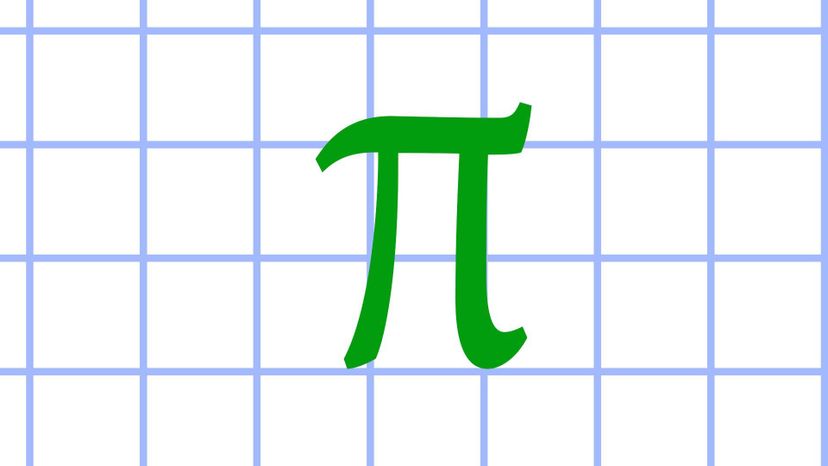
Advertisement

Advertisement
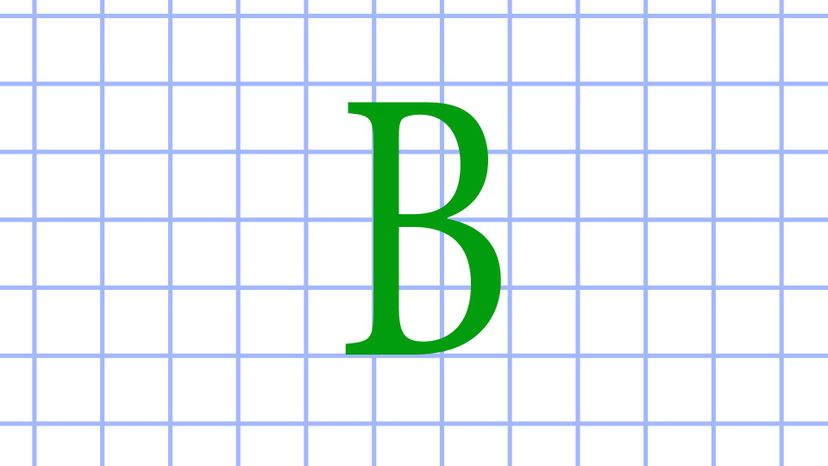
Advertisement

Advertisement
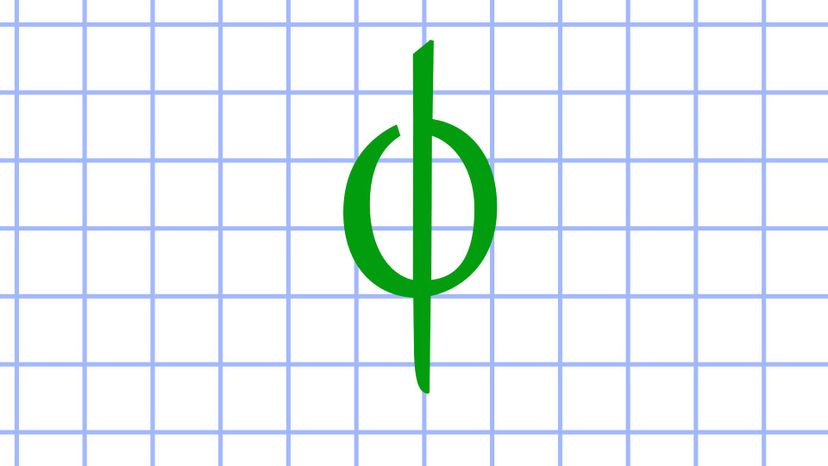
Advertisement

Advertisement